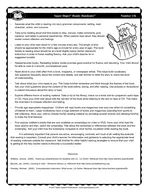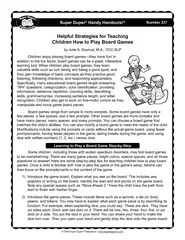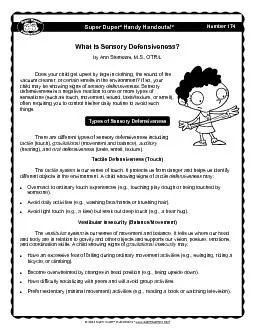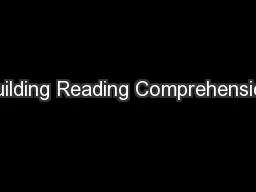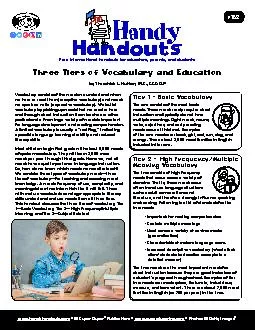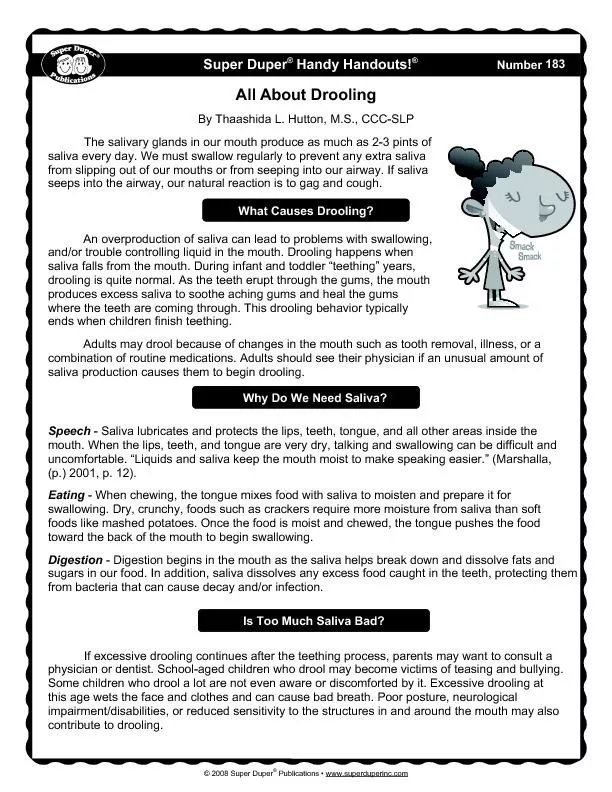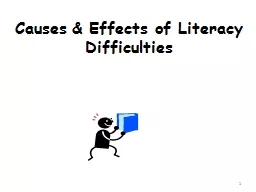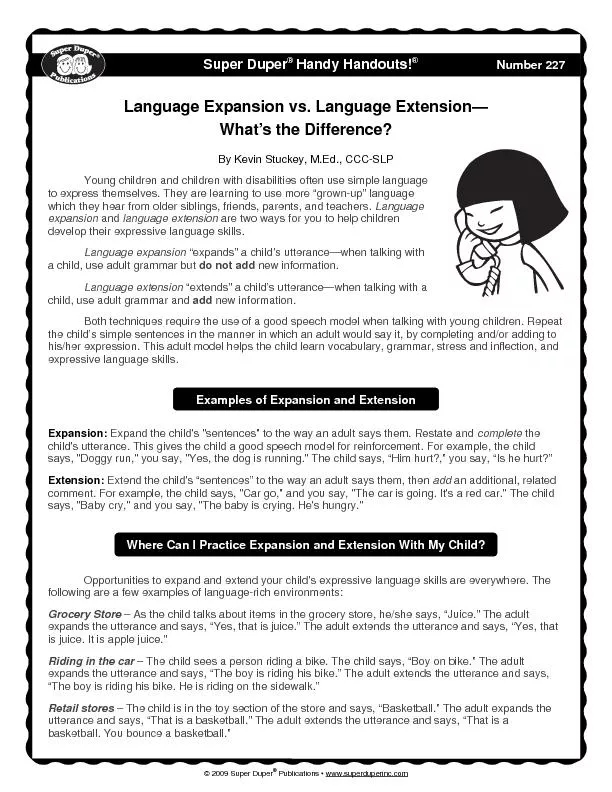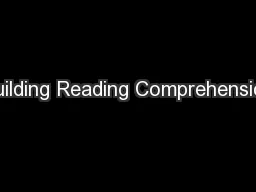PDF-Super Dup Handy Handouts Number for Helping Children ith Reading Comprehension Difficulties
Author : lois-ondreau | Published Date : 2015-03-08
Ward MAT Do your ch ld have diffic lty rememb ng or rs andi what hes re ds If your chil rea sl ly and strugg es with words at shou be familiar then it is prob ble
Presentation Embed Code
Download Presentation
Download Presentation The PPT/PDF document "Super Dup Handy Handouts Number for Hel..." is the property of its rightful owner. Permission is granted to download and print the materials on this website for personal, non-commercial use only, and to display it on your personal computer provided you do not modify the materials and that you retain all copyright notices contained in the materials. By downloading content from our website, you accept the terms of this agreement.
Super Dup Handy Handouts Number for Helping Children ith Reading Comprehension Difficulties: Transcript
Download Rules Of Document
"Super Dup Handy Handouts Number for Helping Children ith Reading Comprehension Difficulties"The content belongs to its owner. You may download and print it for personal use, without modification, and keep all copyright notices. By downloading, you agree to these terms.
Related Documents

